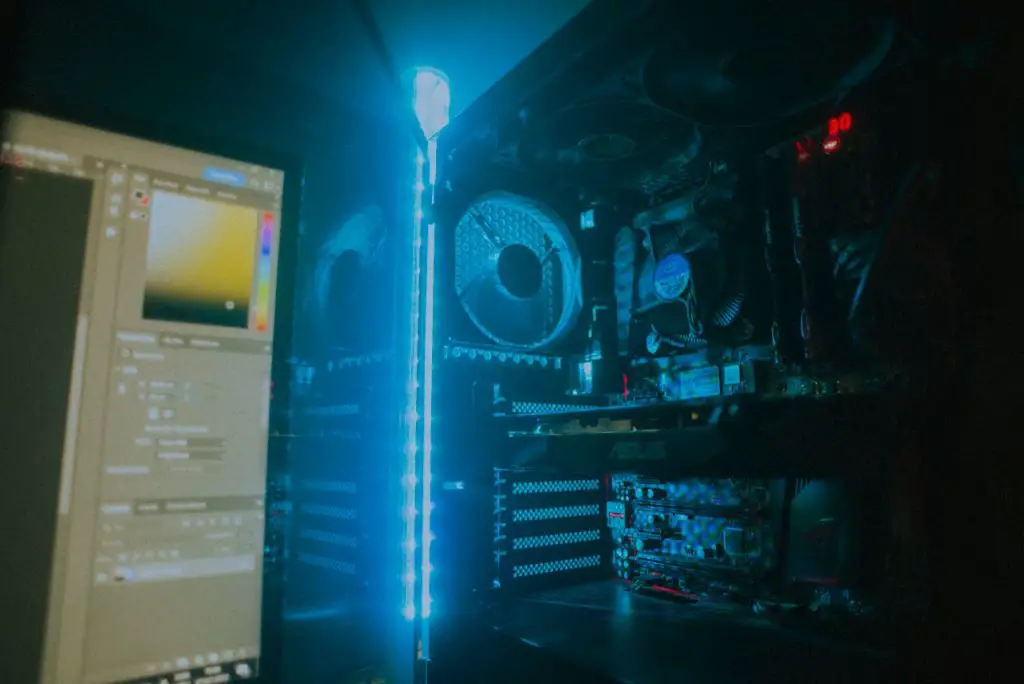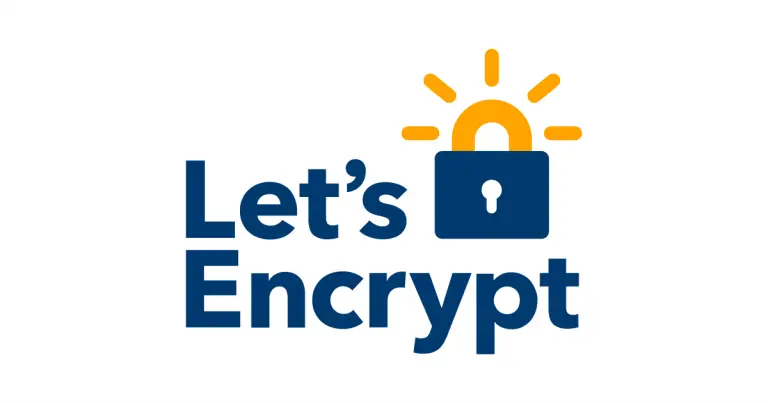
CUDA is NVIDIA’s proprietary GPU parallel computing architecture—“proprietary” meaning it is not open-source and is solely developed and controlled by NVIDIA, without the collaborative input of the broader open-source community. This closed model has led to several limitations, one of the most notable being the lack of native support for Python.
However, during the recent GPU Technology Conference, NVIDIA announced a transformative update: the CUDA software toolkit will now natively support Python. Historically, CUDA has relied heavily on C and C++ as its primary programming languages. In contrast, Python—now the most popular programming language globally according to GitHub’s 2024 open-source survey—has become the de facto standard for data science, machine learning, and high-performance computing.
For years, CUDA’s Python support existed only at the tooling layer, requiring developers to interface with it through C++ or Fortran. This steep barrier to entry hindered widespread adoption of CUDA within the Python developer community.
Key features of CUDA Python include:
- CUDA Core: A Pythonic reimagination of the CUDA Runtime, deeply integrated with JIT compilation. Developers can now perform GPU computations without invoking external command-line compilers. This reduces dependency complexity and significantly enhances development efficiency.
- cuPyNumeric Library: A NumPy-compatible library allowing developers to migrate existing CPU-based NumPy code to GPU execution by simply changing one import statement. This offers a smooth transition for data scientists and machine learning practitioners.
- Unified API Interface: CUDA Python introduces a standardized low-level API that covers the full breadth of the CUDA host-side interface. This unified design promotes code portability and improves interoperability across accelerated computing libraries.
This advancement is particularly impactful for AI and machine learning developers, many of whom rely on Python. Now, they can fully leverage GPU acceleration without needing to learn C or C++. In doing so, NVIDIA not only enhances developer productivity but also solidifies its leadership in the data center GPU market.
Looking ahead, NVIDIA plans to expand support to additional programming languages. At GTC 2024, company engineers revealed that exploratory work is already underway for languages like Rust and Julia, aiming to welcome a broader spectrum of developers into the accelerated computing ecosystem.


